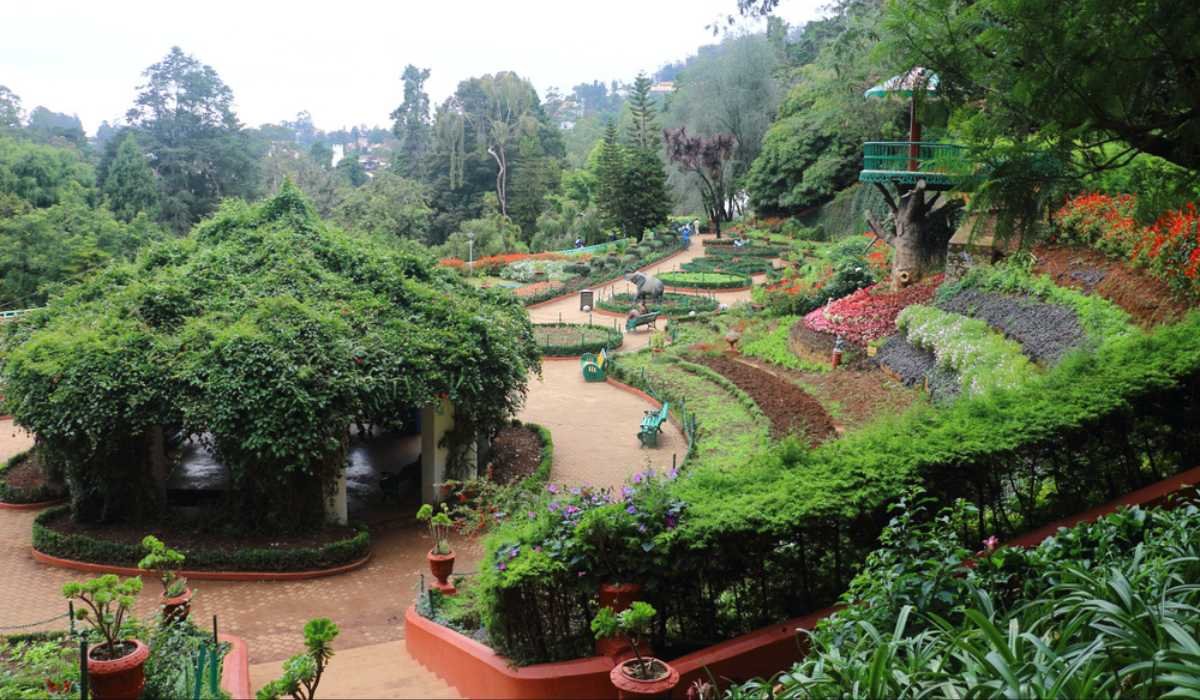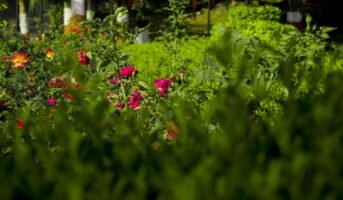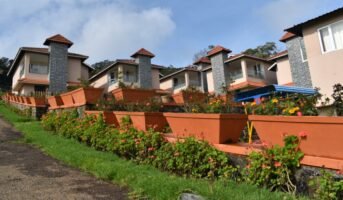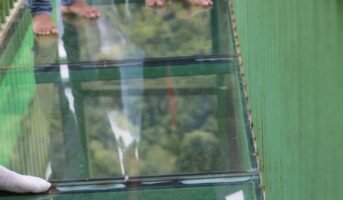Ooty, also known as Udhagamandalam, is among the popular hill stations for tourists in India, nestled in Nilgiris district of Tamil Nadu. If you are planning to visit this scenic place, you can check out the Government Botanical Gardens, which draws tourists in large numbers. The garden, located near Coimbatore, is rich in flora and fauna and an ideal weekend getaway for families and travellers. Besides, there are numerous attractions in and around the city you can check out.
See also: Botanical Garden Lucknow: All you need to know
Government Botanical Gardens, Ooty: Architecture
Managed by the Tamil Nadu Horticulture Department, Government Botanical Gardens houses about a thousand plant species, which include shrubs, exotic and indigenous flowers, herbs, ferns, bonsais, and trees. Located near Doddabetta peak, the garden ascends the slopes at about 2250–2500 metre above mean sea level. The garden is spread over an area of about 55 acres. Visitors will find various lawns dedicated to medicinal plants.
The garden has been divided into different sections and has a terraced layout.
Lower Garden
This section of the garden includes the entrance leading up to an expansive lawn of Kikuyu grass, or Pennisetum Clandestinum. The area also includes lower lawns. A fern house is located within this section, characterised by 127 species of ferns growing on the left along the road that reaches up to Raj Bhavan. The carpet-bet sketch of the map of India designed with selective plant species and the 20-million-year-old fossil trunk built on a pedestal is the highlight of this section.
New Garden
This is a recently built section in the garden, which covers an area from the front garden to the pond at the bandstand. It has been designed to include a rose garden featuring around 300 varieties of hybrid tea roses, Floribunda, and Polyanthas rose varieties. Numerous flowerbeds adorn the spot and blend with the surrounding slopes and contour of the area. You will find the carpet-bed emblems of the Government of Tamil Nadu and the Indian Government. Moreover, tourists will also find attractive natural ponds where many aquatic plants thrive.
Italian Garden
As you move from the entrance area, the landscape merges into the fashioned beds of ferns and flowers in a stunning Italian-style design. The garden was arranged by Italian prisoners of the First World War, who were moved to Ooty. Some plant species you will find here are Asters, Balsam, Ageratum, Petunia, Begonia, Pansy, Cosmos, Phlox, and Zinnia. Perennial flowers, such as Salvia, Dahlia, Delphinium, and Larkspur add to the beauty of this garden.
Public Conservatory
A conservatory, built in 1912, is yet another notable feature of the Government Botanical Gardens. The building was constructed with an idea of grouping various flowering plants. This part of the garden has several, colourful annual and perennial plants, including Chrysanthemum, Geranium, Coleus, Tuberous Begonia, Primulas, etc.
Nurseries
The nurseries in the garden are around 300 feet above the lower lawns. The area includes eight glasshouses. A variety of plant species, including Begonias, Succulents, Cacti, Ferns, Orchids, and Bulbous plants, are grown in the glasshouses. The plants are grown with a purpose of providing a steady supply of potted plants to be arranged periodically in the conservatories. The area also includes terraces laid out in series for breeding exotic plants. The area is used for cultivating plants for cut flowers, seeds, and trial purposes.

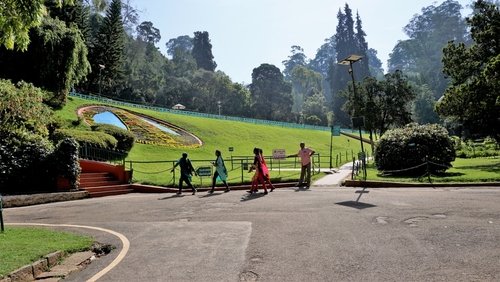
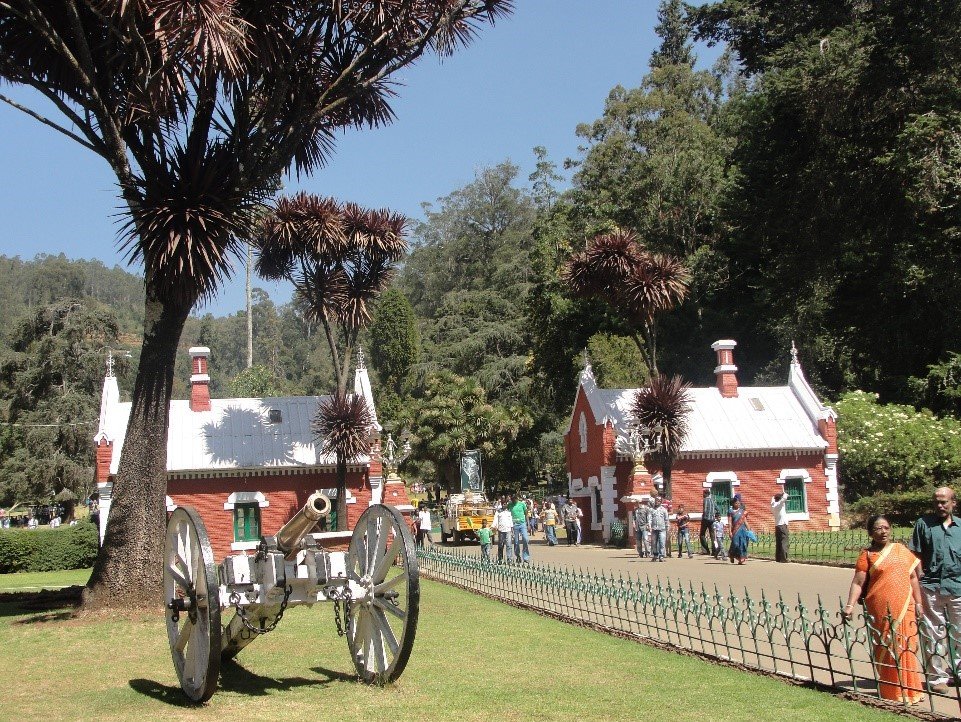
Source: Wikimedia
Government Botanical Gardens, Ooty: History
The Marquess of Tweeddale, in late 1840s, prepared the initial layout of the Government Botanical Gardens. It was designed by architect William Graham McIvor and established in 1848. The garden was set up through a monthly subscription of Rs. three amongst the European residents for supplying vegetables at a reasonable price. When Ootacamund was under the British rule, sizeable cultivation of vegetables for the market was done by European settlers and others. The vegetable cultivation was managed by Captain Molyneux from the second European Regiment. The subscribers were given vegetables free of cost. However, this plan did not work. In early 1847, the plan to develop a horticultural society and a public garden was conceptualised using funds raised through donations and subscriptions.
Government Botanical Gardens, Ooty: Timings
| Day | Timing |
| Monday | 7 am to 6:30 pm |
| Tuesday | 7 am to 6:30 pm |
| Wednesday | 7 am to 6:30 pm |
| Thursday | 7 am to 6:30 pm |
| Friday | 7 am to 6:30 pm |
| Saturday | 7 am to 6:30 pm |
| Sunday | 7 am to 6:30 pm |
Government Botanical Gardens, Ooty: Entry fee
- Visitors need to pay Rs. 30 for adults and Rs. 15 for children as entry fees.
- An additional amount of Rs. 50 must be paid for carrying a still camera and Rs. 100 for carrying a video camera.
Government Botanical Gardens, Ooty: Nearby attractions
- Upper Bhavani Lake: Known as the mini dal lake of south India, the lake is surrounded by hills. It is around 0.4 km from the Botanical Garden in Ooty.
- St. Stephen’s Church: Tourists can visit this church, which is located around 1.2 km from the Botanical Garden.
- Tea Museum: This is another popular tourist attraction in the vicinity. The museum is located around 1.3 km away from the government botanical garden.
FAQs
Who built the botanical garden of Ooty?
The garden was constructed in 1897 by the Marquess of Tweeddale.
What is the best month to visit Government Botanical Gardens, Ooty?
April, May, and September are the best months to visit the Government Botanical Gardens in Ooty. Visitors coming to this tourist spot will experience a temperate climate, as the region gets an average rainfall of 140 cm mostly during the southwest monsoon season.
| Got any questions or point of view on our article? We would love to hear from you. Write to our Editor-in-Chief Jhumur Ghosh at jhumur.ghosh1@housing.com |
Harini is a content management professional with over 12 years of experience. She has contributed articles for various domains, including real estate, finance, health and travel insurance and e-governance. She has in-depth experience in writing well-researched articles on property trends, infrastructure, taxation, real estate projects and related topics. A Bachelor of Science with Honours in Physics, Harini prefers reading motivational books and keeping abreast of the latest developments in the real estate sector.
Email: balasubramanian.harini@housing.com
